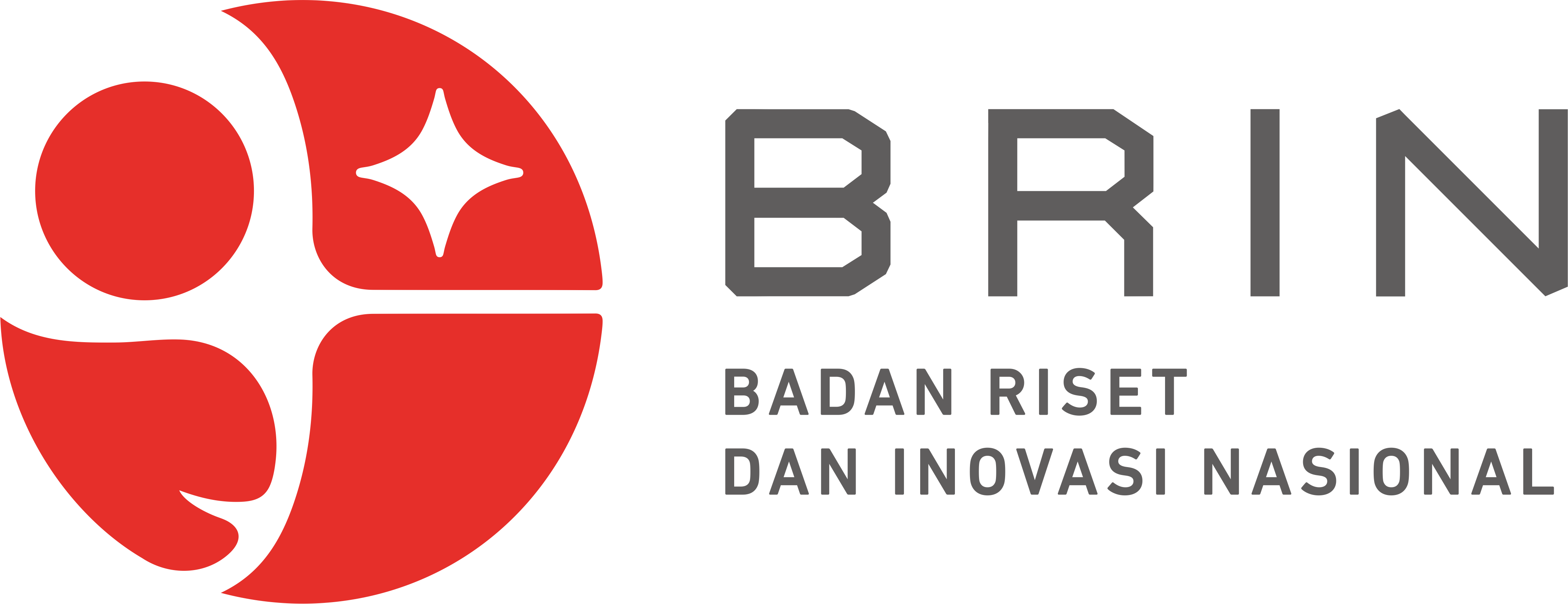Author Guidelines
Author Guidelines
GUIDELINES FOR AUTHOR
Manuscript Components
The research result article consists of a title, author's name, abstract in English, keywords, introductions, methods, results, discussions, conclusions and recommendations, and bibliography.
Review article consists of a title, author's name, abstract in English, keywords, introductions, contents, closings, and bibliography.
WRITING GUIDE
Title
- The title is written in the Indonesia language and informative, concise, and not too long or short maksimal (25 words)
- Consists of the variables under study and describes the content of the manuscript.
- The title does not contain abbreviations or formulas.
Abstract and Keyword
- The abstract is concisely written, about the most important ideas and contains the problems or research objectives, research method, and research results.
- Abstracts are written concisely, about the most important ideas and contain research problems or objectives, research methods, and research results.
- Written in Indonesian and English with a maximum of 250-350 words, found size 12pt.
- Times New Roman typeface, and written with a spacing of 1 space.
- The Abstract section must contain the essence of the problem that will be raised, namely including an introduction, methods, results and conclusions. Abstract written in one paragraph with one column format.
- Keywords contain the main words consisting of 2-6 words
Introduction
The introduction is presented in an integrated manner without subtitles. It is written in the form of paragraphs with a length of 15-20% the length of the article and contains:
- Background or research rational
- Theoretical basis
- Gap analysis
- State of art
- Research objective
Method
The method is written with a length of 15-20% the length of the articles and contains:
- The study design
- Data collection techniques and data sources
- Method of data analysis
- Write in full the location of the study, number of respondents, how to process the results of observations or interviews or questionnaires, how to measure performance benchmarks
Results and Discussion
Results and discussion are presented with a length of 60-70% of the length of the articles. The results represent a major part of scientific articles containing:
- Results of data analysis
- Results of hypothesis testing
- It can be presented with a table or graph to clarify results verbally
- A discussion is an important part of the entire scientific article. The purposes of the discussion are: to answer the research problem, interpret the findings, integrate the findings of research into the existing knowledge, and formulate a new theory or modify the existing theories (what/how, why, what else)
Conclusion
Conclusions are made short with no numbering, conclusions simply answer the objectives or hypotheses in the study. Conclusions are written critically, meticulously, logically and honestly on the basis of the facts obtained. There should be no more discussion in conclusions and consist of only one paragraph. If there is any suggestion in conclusion, then the suggestion becomes one with the conclusion (no need to create a new sub-chapter) by simply creating a new paragraph after the conclusion paragraph. Suggestions should be in accordance with the research implications and not ridiculous.
Acknowledgment
Acknowledgments are conveyed to appropriate parties, especially to the institution or person who is actually assisting the research, for example: to the donor, facilities, materials or advice. Do not give thanks to one of the authors.
Bibliography
Bibliography section consists of all references used to support the article. Referenced sources must be literature published in the last 5 years (for journals). References must be from published articles or journals of national or international reputation. The minimum number of references used in journal form is 15 journals, and cannot exceed 30 references. To write a journal reference, you must include the address of the journal or journal document used for the reference. The Reference section is written alphabetically and chronologically. An example of how to write a References section is provided at the end of this guide. The Reference section is written Harvard style automatically using software Such as Mendeley. Software can be downloaded from the link provided on this Journal website or using other similar software.










